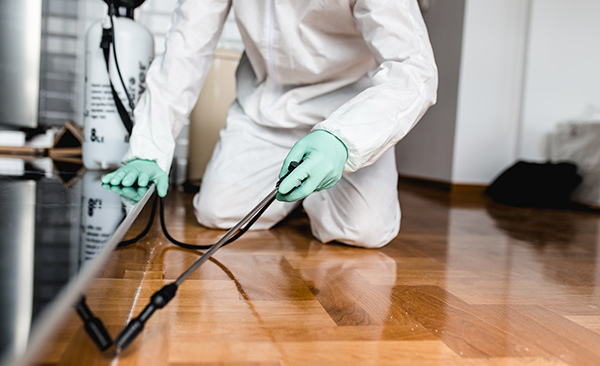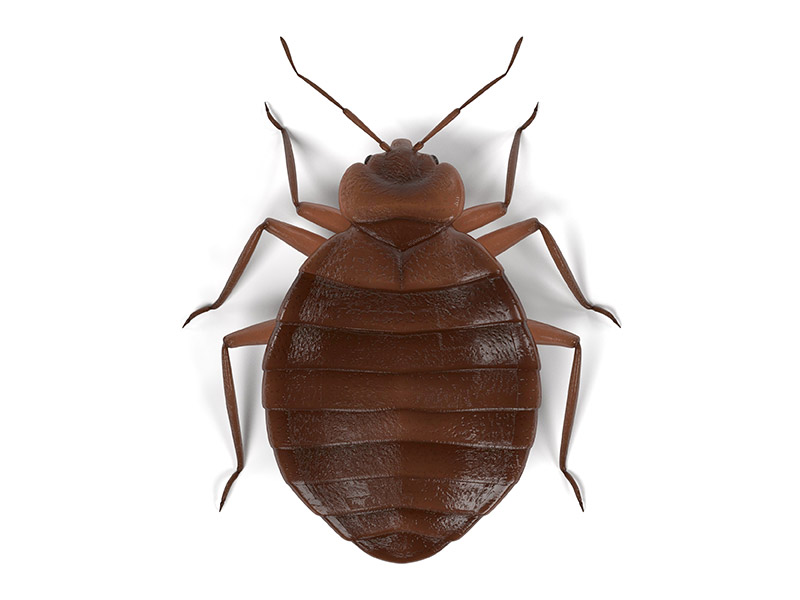Pest Control services to safeguard your property from unwanted pests.
Eco-Friendly Pest Control Approaches for Managing Wild Animals in Urban Areas
Urban locations commonly discover themselves at the junction of human task and wild animals, leading to special difficulties in bug administration. These techniques not just safeguard the environment however also enhance neighborhood involvement in wild animals management. As city populaces proceed to grow, comprehending the characteristics of wildlife interactions ends up being significantly essential.
Understanding Urban Wild Animals Characteristics
Comprehending Urban Wild animals Characteristics is vital for establishing reliable and environment-friendly pest control approaches. Urban areas are increasingly coming to be habitats for different wild animals varieties, driven by aspects such as environment fragmentation, food availability, and human encroachment. Acknowledging these characteristics permits a nuanced approach to pest management that aligns with environmental concepts.
Urban wildlife often consists of species such as raccoons, squirrels, and birds, which adapt to city environments, finding niches in environment-friendly rooms, parks, and also houses. Their visibility can bring about conflicts with humans, particularly when they make use of human sources for food and shelter. Understanding the habits and ecological functions of these species informs approaches that lessen adverse interactions while promoting biodiversity.
Furthermore, acknowledging the interdependencies within metropolitan environments helps in determining important locations for habitat conservation and reconstruction. This knowledge contributes to the growth of incorporated insect monitoring (IPM) strategies that take into consideration the environmental equilibrium, therefore lowering dependence on unsafe chemicals. By fostering coexistence in between human beings and urban wildlife, cities can produce much healthier settings that benefit both citizens and local environments, leading the way for lasting urban living.
All-natural Repellents and Deterrents
Natural repellents and deterrents supply a lasting option to standard pest control techniques by harnessing the power of nature to maintain undesirable varieties away. These green solutions typically use plant-based components, important oils, and other naturally taking place substances that deter bugs without harming the atmosphere.
One effective natural repellent is peppermint oil, which is known to fend off rodents and bugs. Its solid scent is undesirable to lots of bugs, making it a preferred choice for city settings. Similarly, vinegar and citrus peels can act as deterrents, as their solid odors are commonly uninviting to numerous wild animals.
In addition, diatomaceous earth is a natural powder that can be spread out in areas vulnerable to bug activity, properly dehydrating and deterring pests without presenting dangers to non-target varieties. Moreover, garlic sprays and neem oil are recognized for their capacity to ward off a wide variety of pests, including both pests and larger wild animals.
Implementing these all-natural repellents not just decreases dependence on chemical pesticides but likewise advertises a healthier metropolitan ecological community, promoting an extra balanced coexistence in between people and wild animals. By making use of these methods, city locations can efficiently take care of insect populaces while minimizing environmental effect.
Environment Alteration Methods
Reliable habitat adjustment methods play a crucial role in sustainable insect management by modifying the environment to make it less for pest infestations. By comprehending the environmental characteristics of city locations, residential property owners can execute critical adjustments that prevent parasites while advertising biodiversity.
(Fire ant control Port Charlotte)One key technique involves preserving appropriate hygiene. This consists of normal waste removal, protecting garbage containers, and removing standing water to lower reproducing websites for pests and rats. Additionally, landscaping practices such as selecting native plants can enhance ecological equilibrium, supplying environments for valuable organisms while minimizing sources for parasites.
Another important strategy is to seal entry factors in structures. Examining and repairing splits in structures, wall surfaces, and windows can considerably useful link minimize pest gain access to. Additionally, producing physical barriers, such as fences or plant barriers, can prevent wildlife motion into human-inhabited locations.
Integrated Bug Monitoring Practices
Building upon environment adjustment techniques, integrated pest administration (IPM) practices provide a holistic strategy to controlling parasite populaces while lessening environmental effect. IPM combines different strategies, including organic, cultural, mechanical, and chemical controls, to attain efficient parasite management.
Biological control entails the introduction of all-natural predators or parasites to lower insect populaces. Social practices, such as plant rotation and cleanliness, interrupt pest life process and diminish their habitats - Pest control service. Mechanical controls, like traps and obstacles, provide instant remedy for pest pressures without chemical intervention
Chemical controls are made use of as a last resort, concentrating on targeted applications that restrict injury to non-target species and the environment. The choice of eco-friendly chemicals, when essential, is integral to the IPM framework. Additionally, keeping an eye on parasite populaces and evaluating possible damages aids educate decision-making, ensuring that interventions are timely and efficient.
Community Involvement and Education

(Tentless Termite Treatment)Workshops and educational sessions can furnish residents with knowledge about native species, environment preservation, and reliable safe bug administration methods. Partnership with institutions, local organizations, and federal government firms additionally enhances educational outreach, ensuring that important information gets to varied audiences.
Moreover, community-led campaigns, such as area clean-up days and habitat repair jobs, not only promote biodiversity yet likewise reinforce neighborhood ties. Pest control service. By encouraging citizens to share their experiences and observations, communities can create targeted strategies that resolve certain regional parasite problems
Incorporating responses from locals into parasite administration plans allows a more responsive and flexible technique to wild animals obstacles. Eventually, educated and engaged areas are crucial to achieving long-lasting success in environmentally friendly pest control, causing healthier metropolitan settings that respect both human and eco-friendly needs.

Verdict
In verdict, environment-friendly parasite control comes close to deal sustainable services for managing city wild animals. By prioritizing environment alteration, making use of natural repellents, and executing incorporated bug administration practices, neighborhoods can promote an unified conjunction with local fauna.